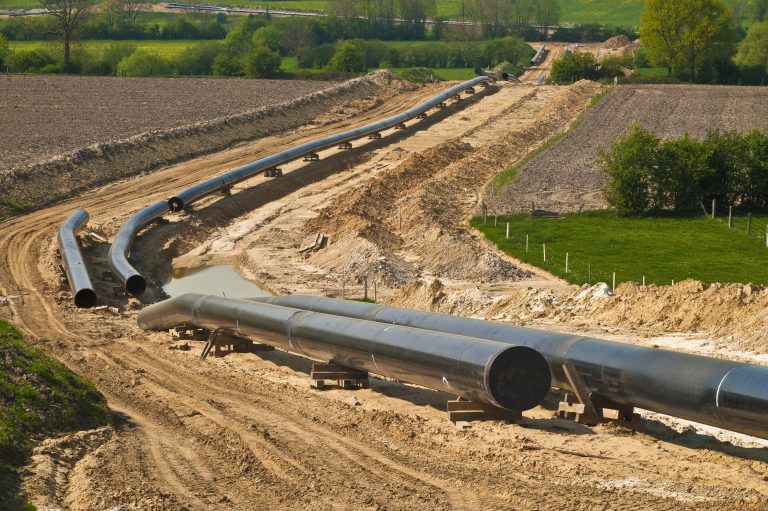PHMSA Issues Improved Pipeline Safety Rules
Last week U.S. Secretary of Transportation Elaine Chao announced the issuance of major updates to the Pipeline and Hazardous Materials Safety Administration’s (PHMSA) pipeline safety rules applicable to the more than half million miles of gas pipelines in the United States.
These rules follow Congressional mandates from the Pipeline Safety Act of 2011, to which Secretary Chao offered, “These are significant revisions to federal pipeline safety laws and will improve the safety of our nation’s energy infrastructure.”
A breakdown of the new rules:
- “Gas transmission rule” requires gas transmission pipeline operators to test the Max Allowable Operating Pressure (MAOP) of lines built before 1970 to determine material strength while updating retention standards on transmission line recordkeeping.
- “Hazardous liquid rule” requires operators to inspect pipelines following extreme weather events to address any resulting damage. Additionally, the rule encourages operators to use all available data to understand pipeline threats and leak detection.
- The final rule, “Enhanced emergency order procedures” finalizes provisions from a 2016 interim rule establishing emergency orders to impose restrictions, prohibitions or other safety measures on pipeline operators.
It is encouraging to see PHMSA honor its responsibility by continuing to review and improve upon the safety of domestic energy transport and delivery. The latest round of updates are welcome additions to the robust oversight that has worked to make pipelines the safest means of natural gas transport.
As natural gas grows into the nation’s primary energy source it is critical that delivery remains reliable and safe. Improved safety benefits consumers and industry members, who can seldom afford delays in delivery thanks to the wealth of natural gas being produced nationwide.
Looking ahead, as pipeline safety continues to grow and develop, regulators should look for opportunities to streamline permitting and application processes to broaden the network of pipelines nationwide. Otherwise, natural gas production will continue to outpace delivery capabilities and create bottlenecks that ultimately dampen the United States’ energy revolution.
For further insight on the importance and value of safe energy infrastructure former PHMSA Administrator and GAIN strategic advisor Brigham McCown weighed in on the rules in a recent Forbes column here.


